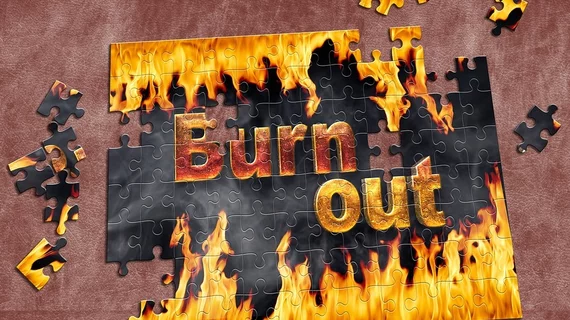Do ‘wellness days’ help mitigate radiology resident burnout?
Eighty-seven percent of radiology residents agree or strongly agree that “wellness days” can help reduce or prevent burnout, according to new research published in the Journal of the American College of Radiology.
“Radiology residents report one of the highest burnout rates of all medical subspecialties, with up to 85 percent burnout rates reported,” wrote lead author and radiology resident Dexter Mendoza, MD, of Emory University Hospital in Atlanta, Georgia, and colleagues. “Resident burnout can remain undetected because faculty members and other members of the educational leadership are poor at predicting burnout in residents and tend to underestimate its prevalence.”
In an effort to curb burnout among radiology residents at the Emory University School of Medicine in Atlanta and Emory University Hospital, program administrators made available five wellness days, which were reallocated from the originally allotted 12 sick days. The goal of the wellness days was to allow residents flexibility when seeking medical, mental health or dental appointments or for other “self-care activities.”
The reallocation of sick days met the required guidelines of the graduate medical education office and was approved by the residency education committee. Wellness day required approval at least two weeks in advance. The researchers issued a survey to measure how wellness days impacted residents.
Those who reported burnout had a 79 percent rate of calling in sick. Those who did not report burnout had a 58 percent rate of calling in sick.
There was a 78 percent response rate among residents. The researchers found 87 percent of respondents agreed or strongly agreed that wellness days can prevent or reduce burnout. And 69 percent agreed or strongly agreed that wellness days have a positive impact on their experiences as a resident.
“If used and regulated properly, we believe wellness days have the potential to decrease the number of sick days taken by residents,” Mendoza and colleagues wrote. “In our experience, wellness days also allowed greater predictability in resident staffing and allowed the chief residents to ensure adequate coverage for the clinical services in advance.”
Though there was an overwhelming resident response in favor of wellness days, there were some residents who had concerns regarding abuse for the system and unfair strain on colleagues.
“Ultimately, more time and data are needed to see how these wellness days will affect burnout in our residents in the long term,” the authors concluded. “We encourage other programs to explore if a similar system is feasible and would be of benefit to their residents.”

